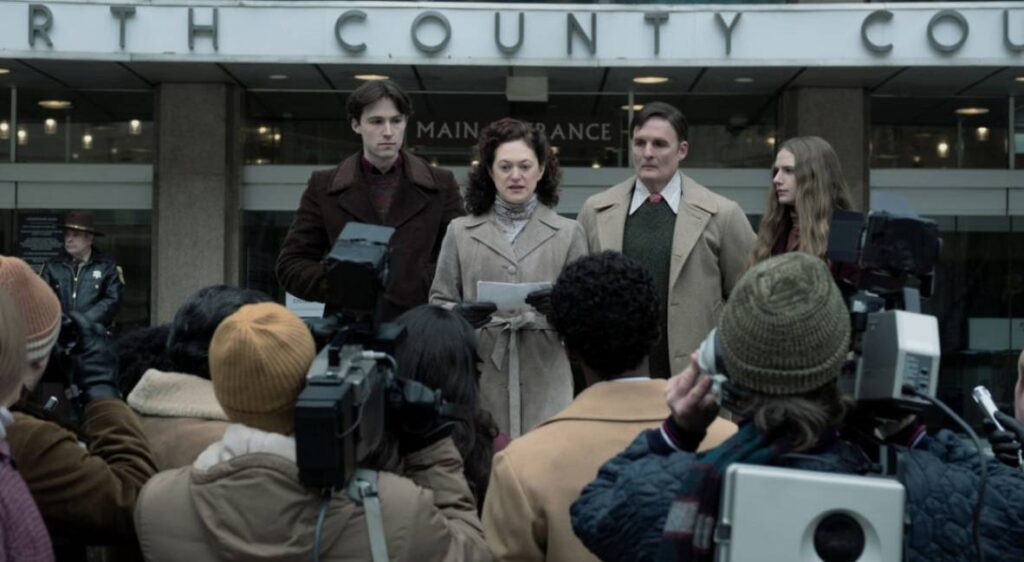The opening of Devil In Disguise: John Wayne Gacy starts with the following: “While this program is based on real events, certain parts have been fictionalized solely for dramatic purposes and are not intended to reflect on any actual person or entity.” As someone who used to spend most of her time watching and listening to true crime stories, those words are a red flag. Immediately, this set me up to expect one of the genre’s tropes, the kind that showrunners like Ryan Murphy have exploited.
That’s a tall wall that Devil In Disguise: John Wayne Gacy has to climb. But with the state of the true crime genre, it’s one that they all do. Yet, showrunner Patrick Macmanus confronts expectations that come with true crime and refuses to engage in the dehumanization of victims in the process.
The police’s systemic failures are on display, the lives of the victims are front and center, a bad childhood never justifies John Wayne Gacy’s (Michael Chernus) evil, and, most rarely, every victim, from sex worker to Eagle Scout, is treated with the same warmth and empathy as the other.
Devil in Disguise isn’t a story about John Wayne Gacy; it’s about his victims.
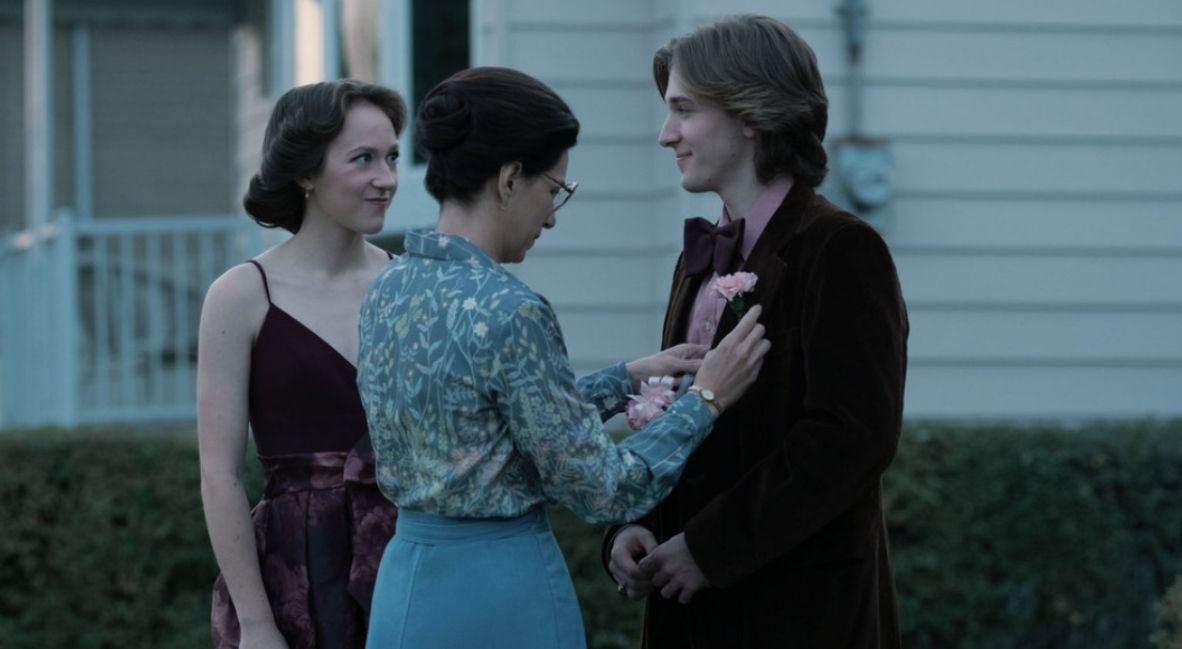
The series begins with Robert Piest (Ryker Baloun) and his family. Rob fit the narrative cops want to protect: he was an Eagle Scout, lived with his mother, was a good student, and he clearly didn’t run away. Because of this, the police respond and ultimately apprehend Gacy. As Chief Kozenczak explains, “Rob made it easy.” But other boys and young men who were runaways, who were gay, who were sex workers, who were poor, they were all ignored.
The Devil in Disguise: John Wayne Gacy starts right where the factfinding begins. But in doing so, the first episode lays all of the cards on the table and lets the audience understand what kind of true crime series this will be. And when it ends with the images of some of Gacy’s real-life victims before the credits, it’s clear that this time, this story will be different.
It’s hard to expect much from true crime stories right now. They often oscillate between copaganda that obscures the roles that the police have played in ignoring victims because of deeply held prejudices or exploitive trauma porn that focuses on victims as they die while humanizing their killers. The Devil In Disguise: John Wayne Gacy doesn’t do any of that. Every episode takes time to show audiences the lives that John Wayne Gacy cut short.
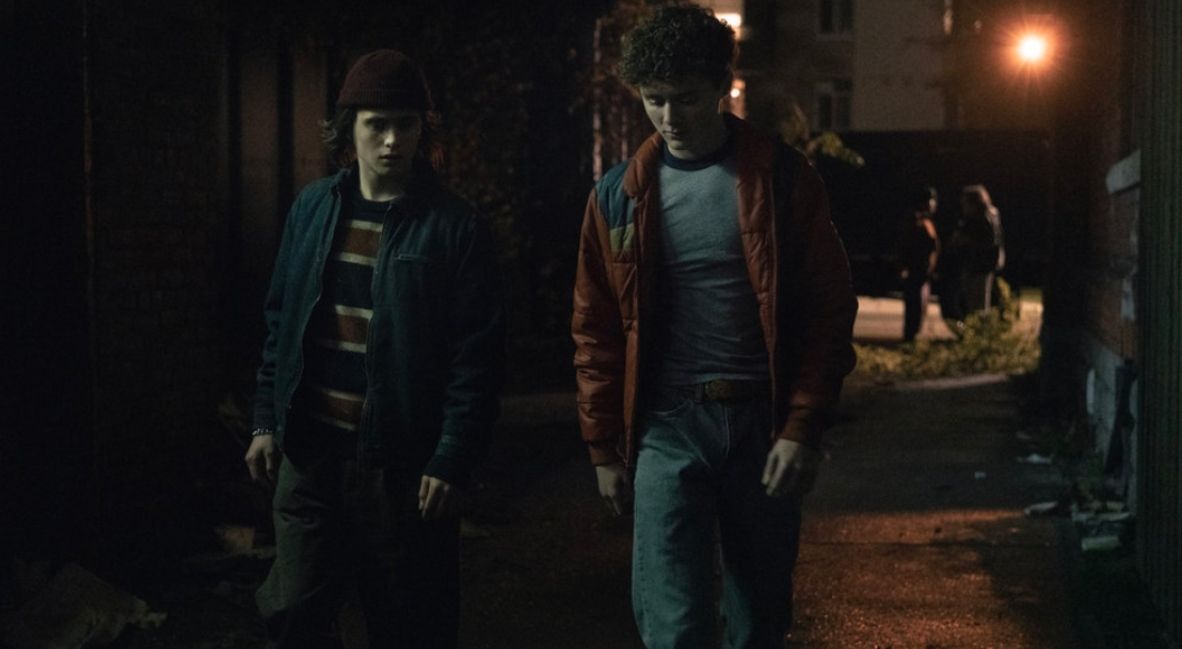
We don’t see the men and boys being tortured or murdered. We don’t see his house of horrors as anything other than an excavation site. The victims are people, and the series doesn’t erase them or who they could have been. In addition to maintaining this focus in the series’ narrative structure, each episode is named after a different victim, displaying their photos at the end before the credits roll and featuring real-life interviews with family or those involved, when possible.
Sure, we see more into John Wayne Gacy’s past via his psychological assessments, but this is a story about the victims and how the police department didn’t make mistakes, but willfully ignored every crime and sign of wrongdoing, especially how the Chicago Police Department’s homophobic beliefs allowed the serial killer to continue to hunt and torture his victims.
The closest we get to seeing Gacy’s crimes is in Episode 6, “John.” In that episode, The Devil In Disguise: John Wayne Gacy takes the audience through Gacy’s confession to his lawyer. While Gacy narrates his crimes, absolving himself of guilt, the visuals tell a different story. They show how Gacy took advantage of the young men and boys. Where Gacy treats them like criminals, the series shows them compassion.
Devil in Disguise: John Wayne Gacy stays away from true crime’s exploitive streak.
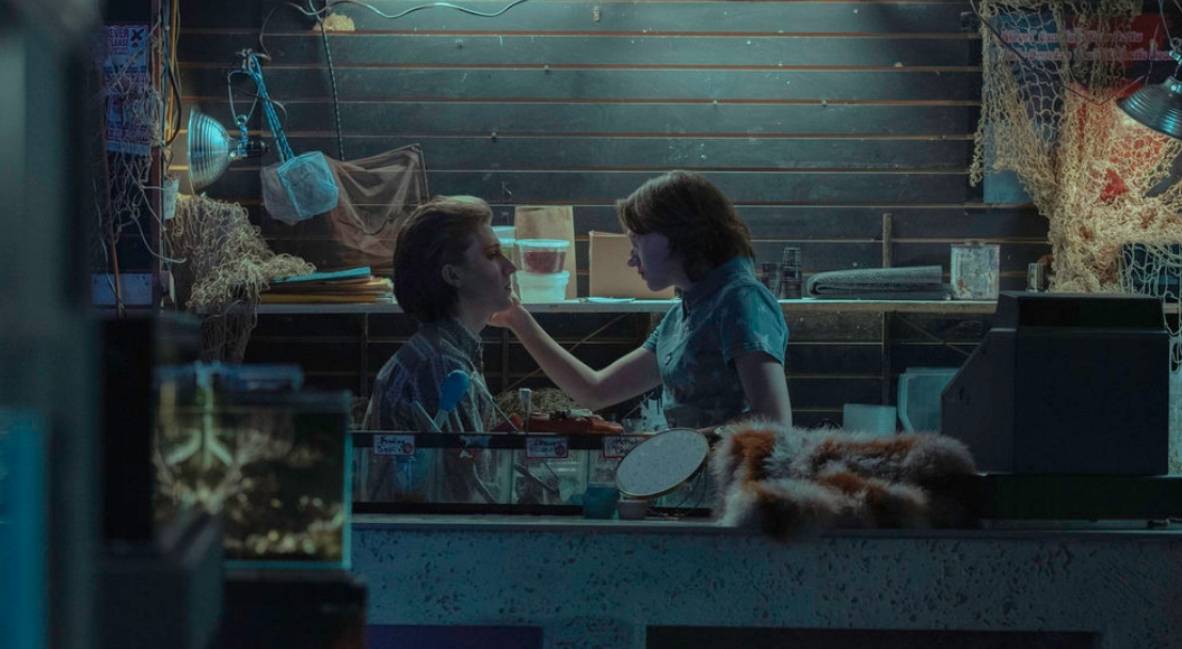
It’s all an extension of The Devil In Disguise’s attempt at ethical storytelling in a way that true crime dramas have not done in quite some time. Here, we see the families, the victims, and it’s the words of Rob Piest’s mother that bring the show to a singular focus. “They were just boys, all of them.”
In the last third of the season, The Devil In Disguise shifts focus to the trial and the execution. We still see some flashbacks to the victims, but the important work in the series is that all the young men and boys are shown as the same. It doesn’t matter if they were sex workers, if they were Eagle Scouts, if they had parents, if they were gay, or if they were fiancés. All of the victims were just boys to both Piest’s mother and to the camera.
While the series doesn’t attempt to hide the outright bigotry that Gacy’s defense tried to exploit, and that fueled the police’s refusal to capture Gacy when he was in their precincts, the narrative doesn’t exploit it in the same way. While the bulk of the episodes showcases the lives the boys led — some on the streets, some not — it presents them all as people who deserved to keep living, as people who were cared for, whether by their parents or their friends.

Despite the age differences, The Devil in Disguise makes a concerted effort to use the word “boys.” The parents say it, Detective Rafael Tovar (Gabriel Luna) says it, and Chief of Police Joe Kozenczak (James Badge Dale) says it. But it doesn’t begin that way. The series switches from men to young men and back to boys, once everyone has begun to understand who Gacy was and that the victims’ backgrounds didn’t matter.
At the same time, The Devil in Disguise also captures the guilt left behind. The parents who think they should have been there, the friends who still care, and the cops like Tovar and Kozenczak, who are starting to understand the glaring problems in the police. This isn’t just a shattering of innocence for a city or a town, or the defendants on the stand; it’s also a spear through the Chicago Police Department (CPD).
Tovar is haunted by discovering the crawl space first. As a father, all he wants in the world is to know how many boys Gacy killed. With the bodies discovered in the crawl space not matching the number he gave the detectives, and more found in the river, Tovar needs to know the number of victims.
The Peacock Original series does cast blame, and it puts it at the feet of the police who ignored families and victims who survived.
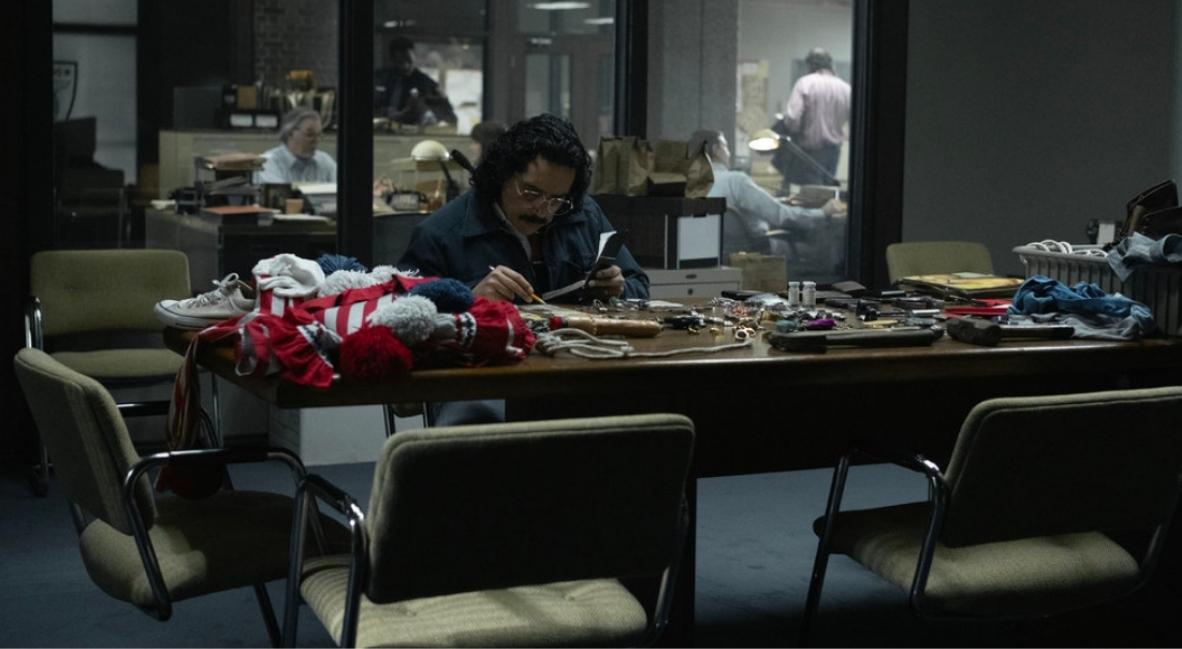
It eats at him, and more importantly, because it highlights how much the police and the state failed every single victim. But where Tovar and Kozenczak are reflective and haunted by their colleagues’ gross negligence, the prosecutor digs in his heels.
Prosecutor Bill Kunkle (Chris Sullivan) verbally abuses victims who managed to escape Gacy. His bigotry comes front and center, and it allows the narrative to highlight that Gacy’s capture and even when the police begin to empathize, there are still those who will perpetuate harm. Kunkle threatens David Cram (Jake Horowitz), one of the surviving victims.
The final episode also tells the story of Jeffrey Rignall (Augustus Prew). One of the people who escaped Gacy and took matters into his own hands to find him pressed charges and hopefully got justice, getting him off the streets. We see the people who love Jeff and how much love he has in his own heart. We hear about the future Jeff wants, and while we watch him try to get Gacy prosecuted, the series never loses sight of who Jeff was and how his story showcases the failings of the police.
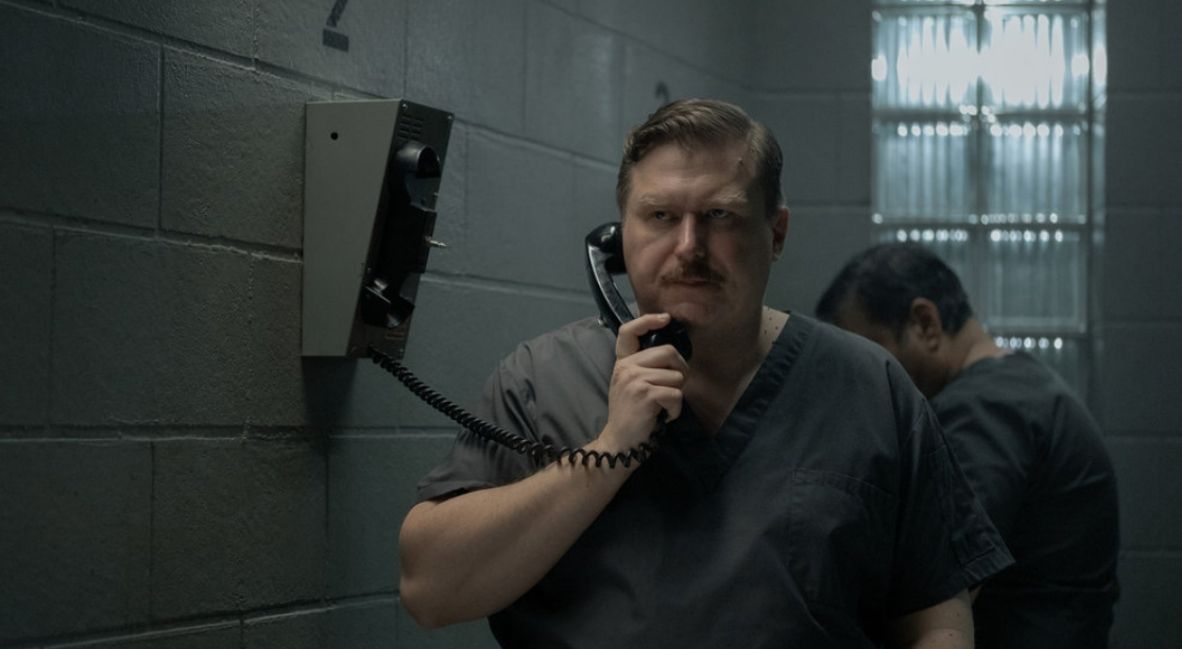
They refused to take Jeff seriously when he came with both the civil suit and went to the police after being raped, because legally in the 70s, a man could not rape another man. It’s a devastating reality. But even as Devil in Disguise seeks to highlight introspection with Tovar and Kozenczak, the bigotry isn’t resolved. There are still those who will let their hatred keep them from showing anything but anger for Gacy’s crime, but not empathy for victims who don’t fit the perfect narrative.
The CPD had Gacy and refused to charge him, blaming the victims for their deaths. As we get to spend more time with the police on the investigation, we see all of how the police themselves failed their communities, and how Gacy exploited their bigotry to his benefit, maneuvering through life beloved by the community because of the show he put on.
The series is not shy about casting blame, and it asks its audience to do the same. Devil in Disguise: John Wayne Gacy is one of the few times in recent years, since the “true crime boom,” that I have seen a dramatization that has tried its best to keep the victims front and center. Now, the Peacock original series isn’t perfect. It has its faults, particularly in pacing and in how well it transitions between flashbacks and the present.
Even with its focus on the victims, Devil in Disguise: John Wayne Gacy isn’t an easy watch. In fact, the empathy makes it harder. The dramatization doesn’t turn the victims into a spectacle. The series doesn’t find ways to make the audience sympathize with Gacy.
Devil in Disguise treats everything with reverence, not as something to be used as spectacle.
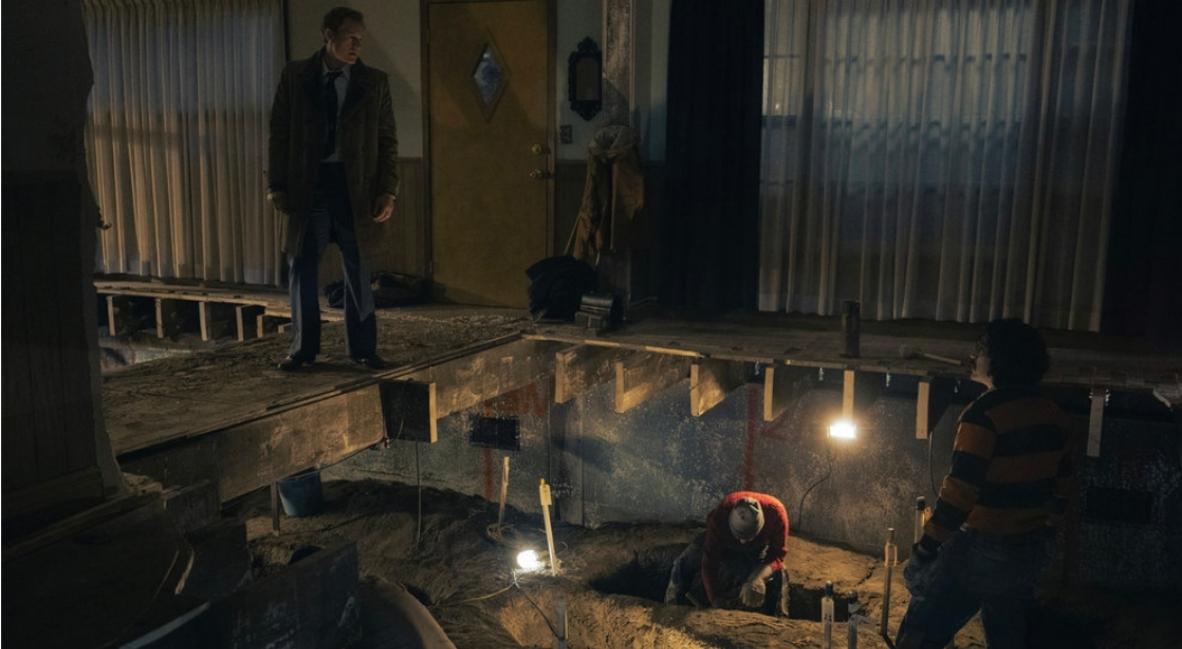
The crawl space is treated as the mass grave it is, and the reverence shown as Tovar keeps returning to find more and more, it doesn’t let the audience gawk. If anything, more people who currently watch series like Ryan Murphy’s Monster need to watch Devil In Disguise, at the very least to understand that true crime can still be done with respect. The victims were people, Gacy was evil, and the system failed everyone involved.
Devil in Disguise: John Wayne Gacy is a haunting watch. That’s thanks to Michael Chernus’s performance as the serial killer. His ability to oscillate through Gacy’s manipulative personalities is chilling. The apathy and the evil, the rage, and the smile that aims to disarm those around him, it’s too much at times.
As for everyone else, their performances are well-acted but more subtle. The tenderness each of the actors, the victims, especially Augustus Prew, Max Mattern, Levi Shelton, Etienne Kellici, and Crede Cooper, brings to their roles is heartbreaking. The parents’ guilt and grief are overwhelming, with Marin Ireland and Sprague Grayden offering grounded performances. This continues with Gabriel Luna’s performance as Detective Tovar.
It’s all too much at times, but none of it feels like the audience is being taken advantage of. Even the focus on presenting every scene in a grounded way, rather than an overly produced spectacle, as in other genre films, keeps the series feeling real.
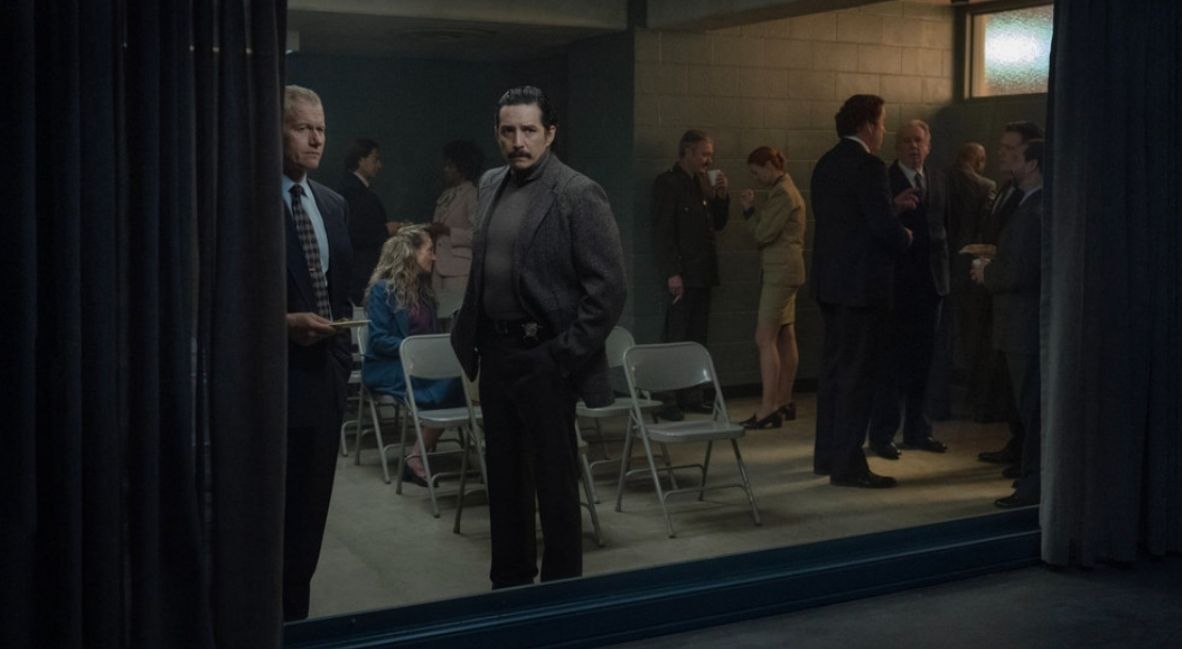
Devil in Disguise: John Wayne Gacy takes the audience through the history of the case, and even highlights how, during the execution, the families weren’t allowed to be in the viewing room, only high-ranking officials and police. It’s more insult to injury, and the series doesn’t obfuscate it. The finale of the limited series wears its goal right there on the faces of the aged parents.
The series ends with the names of the identified victims on the screen that had not yet been shared, the caskets of the six unidentified boys, and a call for the audience to do what they can to not turn a blind eye, as so many did before. It’s a series that has a meaning with its dramatization. It’s a true crime series that entertains without losing its ethical bearings.
As with any true crime series, Devil in Disguise: John Wayne Gacy won’t be for everyone; it’s the nature of the genre. But this series captures the need to tell these stories, to answer curiosity through dramatization without losing the victims in the process. Wonderfully acted and grounded in every way that it can be, Devil in Disguise: John Wayne Gacy sets a new standard for true crime series. I only hope that others take note.
Devil in Disguise: John Wayne Gacy is streaming now, exclusively on Peacock.
Devil in Disguise has also shared a behind-the-scenes featurette about the series’ approach to storytelling.
Devil In Disguise: John Wayne Gacy
-
Rating - 8.5/108.5/10
TL;DR
Wonderfully acted and grounded in every way that it can be, Devil in Disguise: John Wayne Gacy sets a new standard for true crime series.

